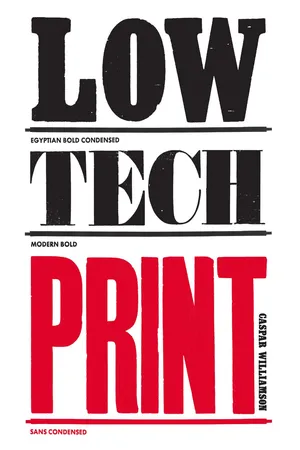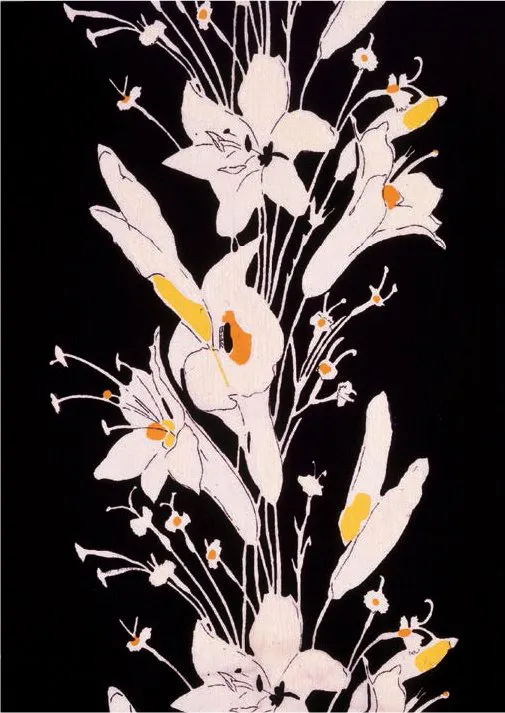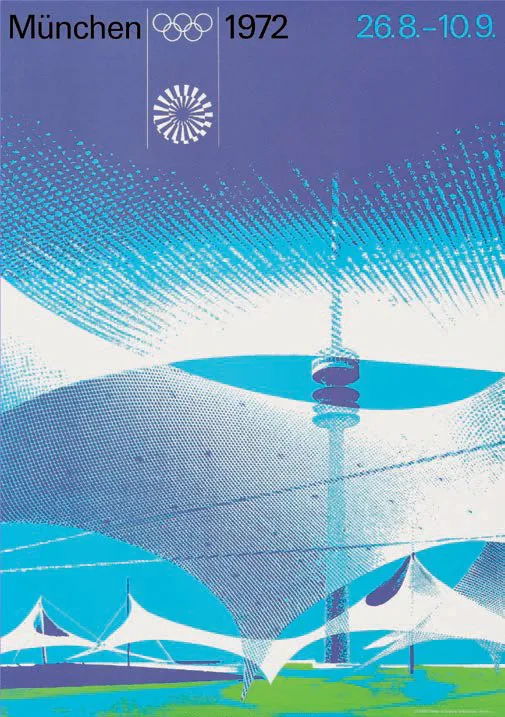![]()
The evolution of screenprinting as a discipline is both varied and eclectic. The huge resurgence in the popularity of printmaking and the revival of screenprinting as a medium in recent years has demonstrated that people are eager to express their creativity in new and versatile ways. The tactile nature of the process and its ever-evolving methods have allowed artists, designers – and indeed anyone – to embrace the handmade aesthetic that has become so revered and synonymous with the medium. This has allowed the world of screenprinting to be placed into a revitalized and modern context, responsible for creating some of the most beautiful examples of contemporary art around today.
A History of Screenprinting
SILK SCREENING AND THE ORIGINS OF THE MEDIUM
It was not until the eighteenth century that a process was developed in Japan and China that used silk held between two pieces of strong, stencilcut waterproof paper. The paper was glued together, leaving the silk exposed to allow the paint to flow through. This is believed to be the first example of a silk screen ever developed. The process evolved further during the nineteenth century. However, it remained a simple and somewhat basic technique.
THE PROCESS AS WE KNOW IT TODAY
Samuel Simon, a sign painter working in the early 1900s in Manchester, England, is widely acknowledged as the pioneer of screenprinting as we know it today. Inspired by the need to discover a faster way of producing his signs, Simon realized that if he could develop a method of applying the silk-screen technique to his daily work, he could revolutionize his business. He began perfecting a basic wooden-frame method, developing an emulsion that could be painted onto the silk to block out the images or stencils. Then, using a stiff brush, inks were forced through the screen. This simple process allowed Simon to print signs continuously, rather than hand-painting them individually. This new process was soon being described as ‘silk-screening’, and in 1907 Simon was rewarded a patent for what was to become the first screenprinting process.
It would not be long before screenprinting began to attract the attention of the art world. In 1914 San Francisco–based artist and printmaker John Pilsworth recognized the benefits of this process and began experimenting. Pilsworth took out a patent for a multicolour printing device based on Samuel Simon’s method. By combining several different stencils and using a number of different screens and multiple colours, he was able to produce vibrant, multi- coloured imagery in editions.
This period also saw the development of the ‘squeegee’, a flat, rigid board with a flexible rubber edge that was designed to force printing ink through the screen. The squeegee allowed for far more efficiency and uniformity in printing than was attainable with the stiff brushes previously used with Samuel Simon’s method.
In the 1930s, the development of flatbed screenprinting in Lyon, France, extended screenprinting techniques into textile design. In the flatbed process, textile printers applied lacquer to a mesh to create a stencil. The frame was placed on the fabric and a squeegee was used to force a dye paste through the unlacquered areas of the mesh.
Screenprinted silk crêpe dress fabric, designed and made by François Ducharne, Lyon, France, 1937.
SERIGRAPHS AND THE EVOLUTION FROM SILK SCREEN TO SCREENPRINT
The term ‘serigraph’ was created in the hope that it would distinguish the ‘creative art’ in silk-screening from the commercial or reproductive uses of the process. Carl Zigrosser, founding member of the National Serigraphic Society, coined the term by combining the Latin word for silk, seri, with the Greek word for ‘to draw’, graphein. Today, many artists and galleries still refer to fine-art screenprints as serigraphs – the term arguably evoking a sense of ‘high art’.
Today the term ‘silk screen’ is not widely used because it no longer describes the discipline accurately. Post-war developments in new plastics saw the silk used in parachutes replaced by polyester, which proved to be far more reliable than silk and much cheaper to make, as well as being much stronger and reusable. This synthetic product also produced infinitely more durable screens. Thus, the screen in a screen-printing frame is no longer made from the traditional silk or organdie of its origins. Terylene and nylon, as well as polyester, are now widely used.
SOCIAL AND POLITICAL INFLUENCE
In the 1940s, the Hollywood film industry began to realize the benefits of this new printing method, and thousands of movie posters were screenprinted and hung in film theatres across America every week. It wasn’t long before other industries took advantage of the process. Sports, music, theatre and travel companies began recruiting artists to produce designs that would go on to be screenprinted. Poster campaigns like that designed by Otl Aicher for the 1972 Munich Olympics became commonplace. Screenprinting is still as influential in political and social movements as it has ever been. Both the music and fashion industries rely heavily on the medium to produce garments, T-shirts, and merchandise. The screenprinted gig poster and art-print scene has never been more prominent on either side of the Atlantic. The DIY methods of screen-printing were embraced in the heyday of punk in the 1970s, and became a driving force behind the movement.
Otl Aicher, Munich Olympics poster, c. 1972. Screenprint.
PUSHING IT – THE EVOLUTION OF THE DISCIPLINE
Andy Warhol is associated with the artistic side of screenprinting and was responsible for popularizing the discipline. By introducing serigraphy to the United States during the Pop art movement of the 1960s, Warhol opened the eyes of many of his contemporaries. Artists, particularly in Pop art, found its potentially large scale and solid, bright colours perfect for expressing the ideas of the time. Jackson Pollock and Robert Rauschenberg in the USA, and Eduardo Paolozzi and Joe Tilson in the UK, helped make the technique familiar. Warhol is particularly identified with his garishly coloured screenprint portraits of cultural icons of the time, including Elvis Presley, Marilyn Monroe and Muhammad Ali.
Today, screenprinting has become a sophisticated process. As industrial applications have grown, better machinery, such as vacuum beds and exposure units, has been developed, enabling more elaborate and expertly printed editions to be made. More importantly, much finer and thinner oil-based inks, along with the introduction of water-based non-toxic inks, have revolutionized the medium, allowing for longer print runs and safer working environments.
SCREENPRINTING AND THE ART WORLD TODAY
To meet the rise in popularity of screenprinting in recent years, many artists’ studios, such as New York’s Lower East Side Printshop and the UK’s Print Club London, are now allowing public access to equipment in exchange for a nominal membership fee. Galleries and art fairs worldwide are recognizing the demand for screenprinted work, with new screenprint- specific events appearing every year.
Andy Warhol, Muhammad Ali #182, c. 1978. Screenprint.
The Process in Brief
Screenprints can be created in many different ways. Traditionally either an emulsion or ‘block’ would be painted directly on the screen and left to harden – leaving only the negative space for the ink to pass through. The integration of hand-cut patterns and other lay...



